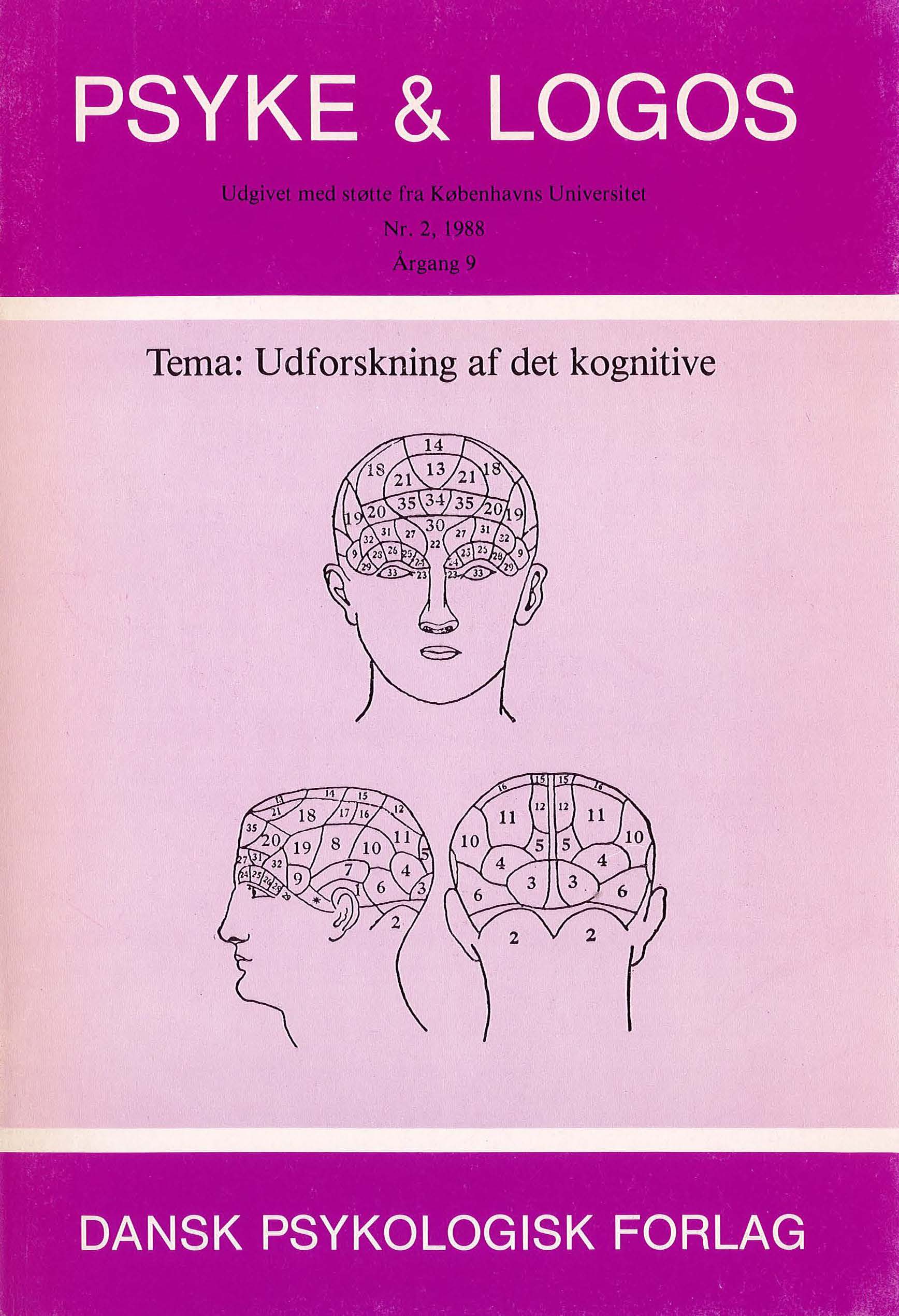Pædagogik, psykologi, hypermedier
Hypermediers pædagogiske potentiale i erkendelsesteoretisk og kognitionsteoretisk perspektiv
DOI:
https://doi.org/10.7146/pl.v9i2.134266Abstract
On the assumption that the phenomenon of hypermedia will have significant educational impact, the paper discusses the basis for deriving heuristics for hypermedia as a pedagogical »tool«. The paper is in three parts: the issue, a (fictitious) example of a hypermedium, and an exposition of two paradigms of epistemology and pedagogy as the basis for use of hypermedia in education.
A hypermedium is a domain specific collection of texts, pictures, graphics, film, and sound that, by named connections among fragments of the content, permits an organised, but non-sequential processing. This implies thai the representation of knowledge
does not require prior structuring according to particular sequential or hierarchical principles. The fundamental questions are, firstly, how to structure the domain, i.e. deciding which elements of the content that are to be connected and in what ways they are
to be connected; and secondly, how a personal goal orientation is sustained, and confusion avoided, in view of the complexity of possible directions and routcs of exploration. Answers to such questions must be based on general epistemological and pedagogical
conceptions. The paper outlines two paradigms, one epistemological, and one pedagogical.
Aspects of hypermedia potential are illustrated by these paradigms.
Downloads
Published
How to Cite
Issue
Section
License
Ophavsret er tidsskriftets og forfatternes. Det er gældende praksis, at artikler publiceret i Psyke & Logos, som efterfølgende oversættes til andet sprog, af forfatteren frit kan publiceres i internationale tidsskrifter, dog således at det ved reference fremgår, at den oversatte artikel har et forlæg i en dansksproget version i Psyke & Logos. Artikler kan frit deles og linkes til på forsknings- og undervisningsnetværk (så som Blackboard). Link foretrækkes, fordi det giver oplysning om brug af tidsskriftets artikler.




